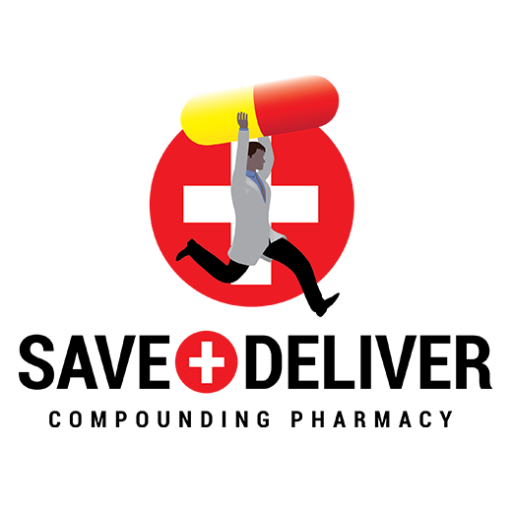UNDERSTANDING IVF STEP BY STEP
Having fertility issues can be a challenging experience, but being well informed and prepared can make your journey easier. We at Liverpool introduce you to the whole process and what it entails for those considering taking fertility treatment.
When we think of fertility treatment, In Vitro Fertilisation, i.e., IVF, is the first thing that comes to mind. In vitro means in the lab. IVF involves uniting the egg and sperm outside the body in culture. If everything goes as planned, some eggs will get fertilized by the sperm cells and become embryos. The embryo will then be planted in the uterus. But there’s more it than that. IVF is considered when an older woman has fertility issues or if a woman’s fallopian tubes are blocked or damaged. If a woman has endometriosis or a man has a low sperm count, IVF comes into the picture. Even in these cases, it takes years for the couple to choose IVF finally.
Age has a significant role in your success, and so does the reason you opted for IVF in the first place. The first official day of your treatment is the day you get your period. On the second day of your period, the doctor will look at your oestrogen levels. If everything seems normal, then begins the process.
Here is a step-by-step procedure of IVF:
1. Boost your egg production through superovulation
In this step, you are given fertility drugs to stimulate the ovaries, called superovulation. These drugs contain Follicle Stimulating Hormone that sends your body the signal to produce more than one egg a month, which is crucial in IVF. Before giving the drugs, the doctors first check the ovarian reserve.
The more eggs you produce, the better are your chances of more successful fertilization in the treatment. Although, this isn’t always the case. Minimal stimulation IVF, oral fertility drugs, or low-dose injectable drugs can also be used to stimulate just a few eggs.
You will receive transvaginal ultrasounds and blood tests regularly during this step to monitor your ovaries and make sure that everything is OK.
2. Removal of the eggs
You will be scheduled to get a hormone injection to help your eggs mature quickly, a little earlier than a day before the eggs are to be retrieved from your body. Then you will undergo a minor surgery called follicular aspiration to remove your eggs. But, again, it is a minor procedure, so it’s usually done in the doctor’s office.
The procedure involves your doctor using the ultrasound to guide a needle to the ovaries through your vagina. The needle has a device attached to it that helps create suction to pull out one egg at a time.
You are given IVF medication while the doctor is operating, so you won’t feel anything. Although, you may feel cramping afterward and even light spotting, which will disappear within a day.
3. Collecting sperm from your partner or donor
While the eggs are being removed, your partner will have to provide his sperm sample. You can also choose to use a donor’s sample. The sperms are then put in a wash and spin cycle to find the healthiest ones. This process is called sperm capacitation. The sample has sperms with high mobility.
4. Union of sperms and eggs
This is the most known phase of IVF, where the best quality sperm is united with an equally best quality egg, also called insemination. It can take hours for the sperm to fertilize an egg.
The doctor can also directly inject the sperm into the egg; it is called intracytoplasmic sperm injection (ICSI).
5. Transferring the egg into the uterus
Once the eggs are collected, it’s time for another round of medication from the Compounding pharmacy. Next, it is to prepare the uterus lining to receive the embryos transferred back to the uterus. The doctor usually places the embryos in the uterus after 3 to 5 days of fertilization, using a catheter.
Just like step 3, this step is also done in the doctor’s office while you’re awake. Multiple embryos are transferred back into the uterus, hoping that at least one will get implanted in the inner lining and hopefully start to develop further. Again, the process is painless and not at all time-consuming.
Sometimes more than one embryo gets implanted; multiples are common among women who use IVF. If there are good-quality embryos left, the couple can also choose to get them frozen; it is called cryopreservation. Cryopreservation is a chance for the couples to try another time if they fail the first time or want to have another child.
This process is a replication of natural reproduction. The next step after this one involves getting to know whether the process worked through a pregnancy test.
After the embryo has been transferred, you have to wait for 10-15 days to do the test. During the ‘two-week wait’ phase, the doctor might prescribe you progesterone injections or some kind of support that will eventually promote pregnancy. The test can be done in both urines as well as blood. Both of the techniques involve the detection of the hormone beta-Hcg, also known as ‘the pregnancy hormone’.
Before starting a cycle, discuss it with your doctors or fertility clinic. Ask them about the pregnancy and live birth rates of couples your age and the same diagnosis as you. Do not analyze and stress. Speak to your doctors.
If we can help you in any way, do not hesitate and just reach out.


